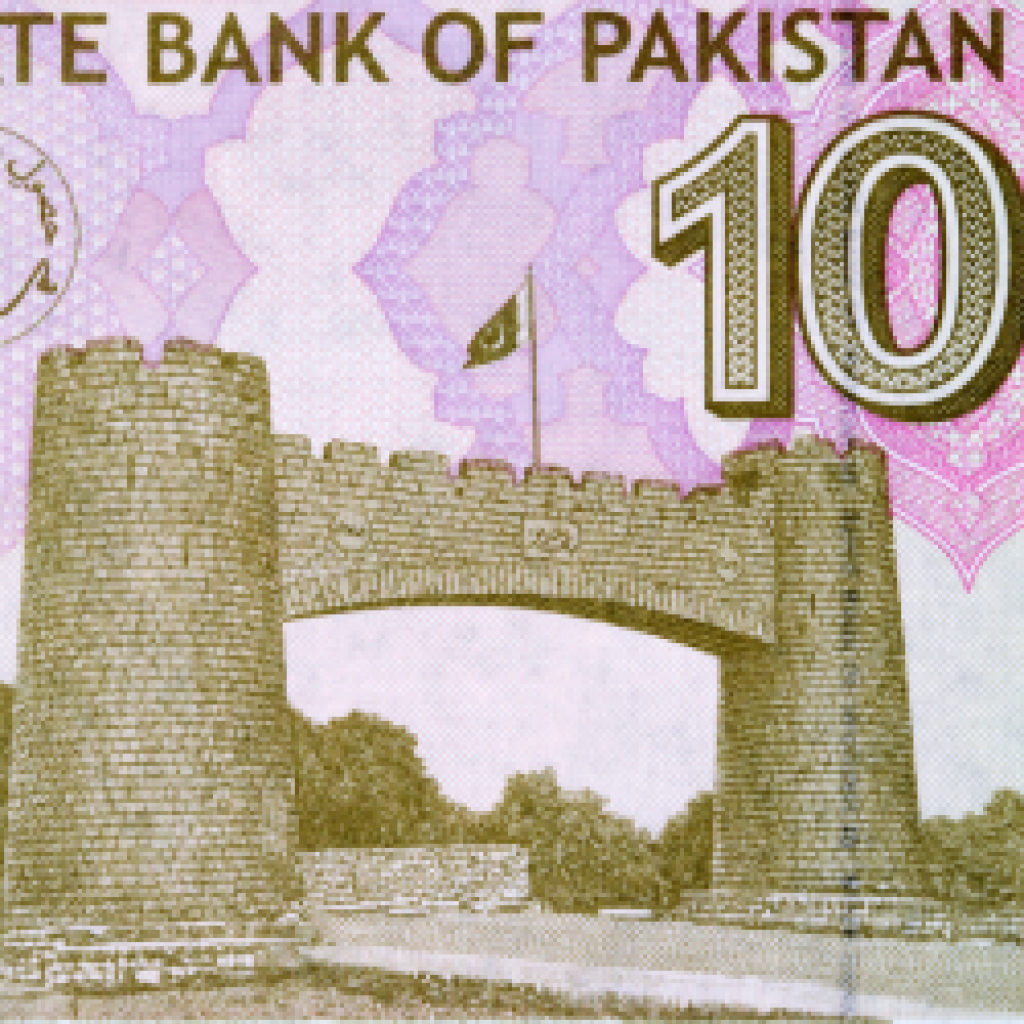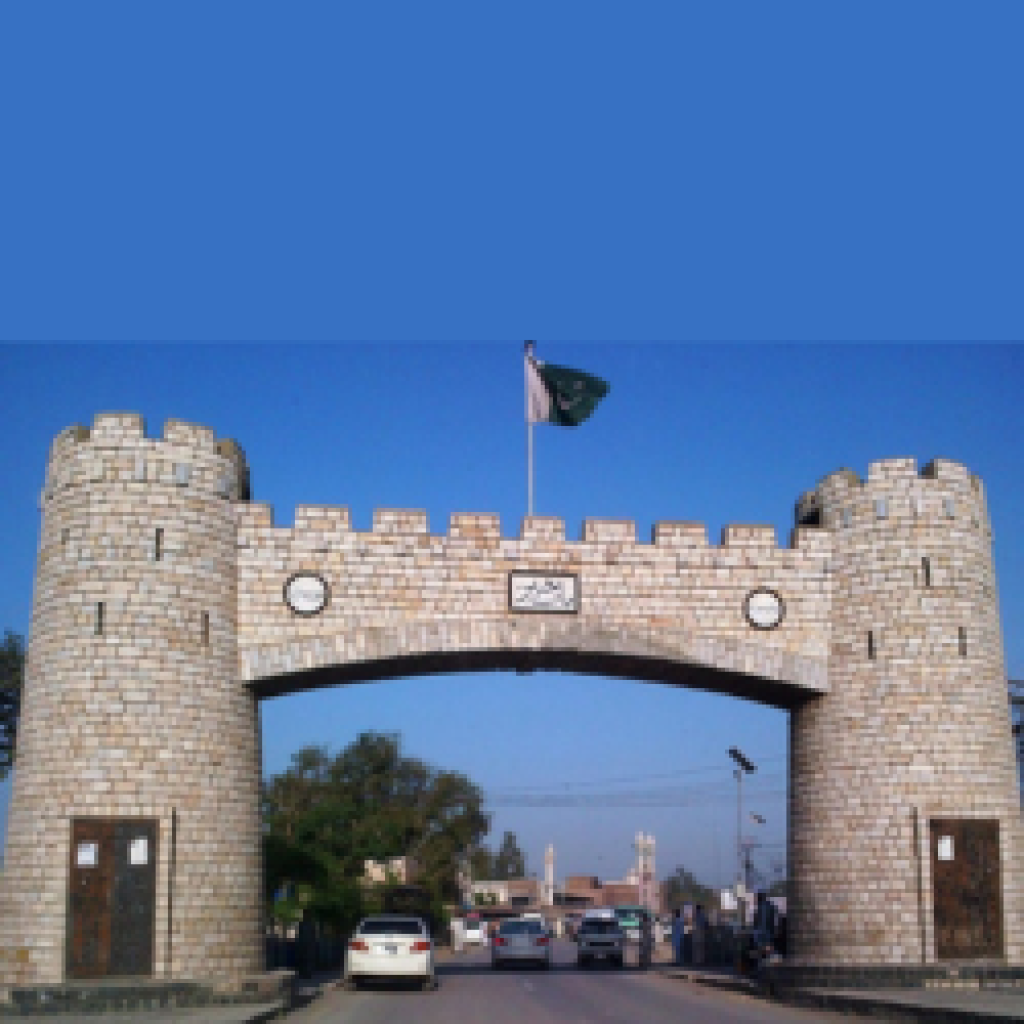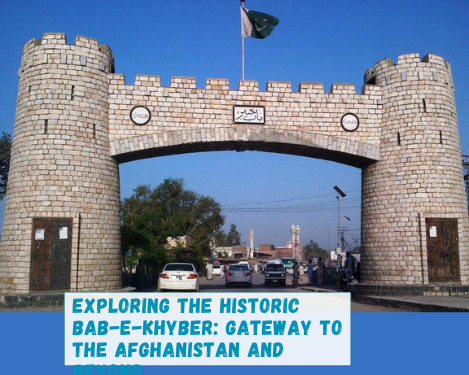


Discover the rich history and significance of Bab-e-Khyber, a historic gateway that has witnessed centuries of culture and commerce. Learn about its architectural marvel and the fascinating stories it holds.
Table of Contents
Introduction to Bab-e-Khyber
Bab-e-Khyber, an iconic and historical landmark in its present shape and design, was built and inaugurated on 11 June 1963 by President Ayub Khan. It holds a special place in the hearts of those who cherish the enchanting tales of its past. Situated at the entrance to the Khyber Pass in Pakistan, this monumental gate has stood the test of time, serving as a bridge between different eras and civilizations. In this blog post, we delve into the rich history and architectural significance of the Bab-e-Khyber, taking a closer look at this timeless structure.
Historical Significance
Bab-e-Khyber, also known as the “Gateway of Khyber,” is a symbol of historical significance. This gate existed at the same location closer to Jamrud Fort since time immemorial and it changed structures and forms. The inter and intra Central Asia and South Asia invaders used this gate to attack India or Kabul. The Famous ones in history are as under:-
- Invaders crossing Bab e Khyber from South Asia to Kabul
- Chandragupta Maurya
- Ranjeet Singh
- British
- Americans
- Invaders crossing Bab e Khyber from Central Asia To South Asia
- Alexander the Great
- Genghis Khan
- Mughals
- Mehmood Ghanavi
- Ahmed Shah Abdali
Architectural Features
Bab-e-Khyber’s architectural brilliance is evident in its intricately designed archways, minarets, and domes. The gate’s stunning red sandstone construction and white marble inlays make it a true visual delight. The minarets on each side of the gate give it a majestic presence. The architectural excellence of Bab-e-Khyber reflects the craftsmanship and artistic skills of the designers and artisans.
Strategic Location
Bab-e-Khyber’s location was not just a matter of historical significance but also of strategic importance. It controlled access to the Khyber Pass, a crucial trade route that connected South Asia to Central Asia and beyond. The gate’s location allowed it to serve as a customs checkpoint and a military fortification. It played a pivotal role in the defense of the region and witnessed many battles and skirmishes over the centuries.
Conclusion
Bab-e-Khyber is more than just a gateway; it is a bridge to the past, connecting us to the diverse and fascinating history of the Khyber Pass. With its impressive architecture and stories of conquest and trade, it continues to captivate those who have the opportunity to stand before its grandeur.


0 Comment